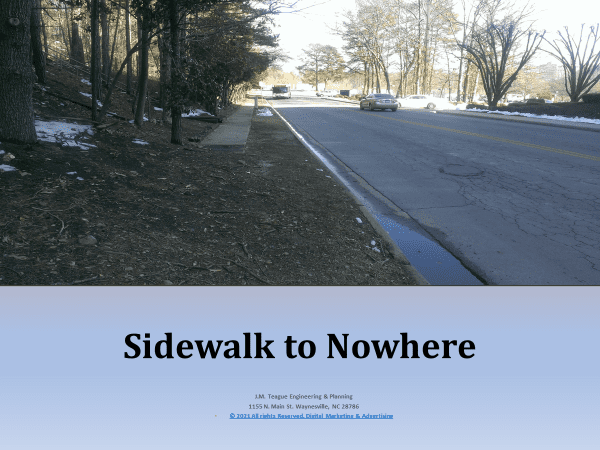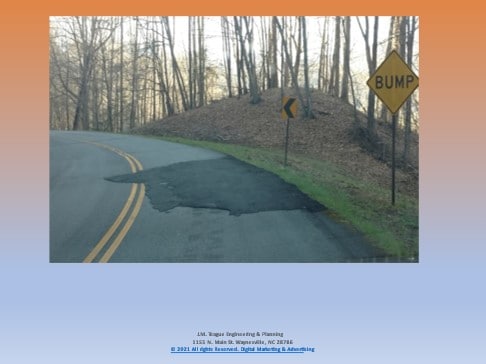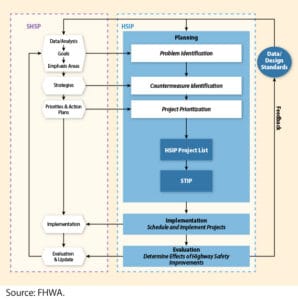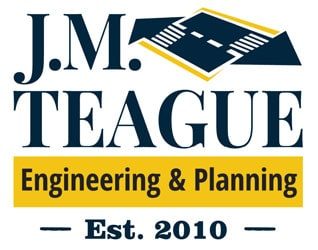Happy 10 Year Anniversary Candace Hladick Join us in congratulating Candace for her diligence and dedication to JMTE.


Candace has been part of the JMTE Team since May 2012. Candace provides numerous research, development, mapping, and design services that are essential for our operation.
Candace spends her time outside of work tending to bees and coraling her chihuahuas among her many other pursuits. She brings a positive attitude and a happy disposition to JMTE. As Kenny will often say, “Everybody loves Candace!” And we do!
As Transportation Planner, Candace provides multiple support services to both the planning and engineering departments, including collecting statistical data, preparing reports, and geo-located drawings and maps. In addition, Candace conducts field evaluations and assessments, researches, and compiles information from multiple sources to assist in the evaluation of local issues, such as re-zonings, ordinance amendments, site plans, special use permits, and more. She also assists with permitting with state and local governing bodies and acts as a liaison between local stakeholders, including community groups, government agencies, developers, and elected officials. Candace is an experienced Low Impact Development (LID) Professional and CAD/GIS Technician, Candace has prepared GIS maps and CAD designs for multiple projects. She also serves in a key support role for forensic engineering research, sign design, traffic control planning, wheel path analysis, and the creation of JMTE’s innovative Sidewalk Condition Survey.
She holds an AAS degree and GIS Specialist certificate in Low Impact Development from Haywood Community College in Clyde, NC.
Candace is an NCDOT Qualified Work Zone Supervisor and has served on the Planning Board for Haywood County, NC, and the Board of Directors of the Western NC Chapter of Women in Transportation (WTS) International.
Certifications / Affiliations
North Carolina Low Impact Development Professional
Women in Transportation (WTS) International
Carolina URISA

Did you know JMTE does Transportation Forensic Engineering
Transportation forensic engineering is the investigation of transportation systems or related attributes that fail, are sub-standard, or do not operate or function as intended, causing personal injury or damage to property. Our clients come from many different sources, municipalities, individuals, attorneys, businesses, etc.
There are so many different types of cases, for example:
· MUTCD Compliance
· Pedestrian Trips, Slips and Falls
· Work Zone
· Pedestrian Network Connectivity
· Traffic Signal Phasing and Operation
Example of cases:
Employees reporting to work at a large hospital were not provided adequate pedestrian connections from the employee lot to the building. Our Scope of work consisted of:
· – Complete pedestrian assessment
· – Sidewalks to nowhere
· – No internal connections
· – Marked crosswalks
· – Definition of intersection
· – MUTCD Compliance

On this particular road there was a geological issue creating a long-term pavement buckling situation. The pavement buckle had been patched several times creating a bump within the roadway. In order to warn drivers of the bump, a MUTCD standard “BUMP” warning sign was placed approximately 20 feet in advance of the hazard. Our Scope of work consisted of:
· Geological Issue Buckled Pavement
· Bump Sign 20 feet in Advance
· MUTCD Compliance (min 100 feet)
· Several Alignment Warning Signs in Advance
· Crash History

The Highway Safety Improvement Program: Paving the Road to a Safer Future
courtesy of Danielle Betkey and Karen Scurry

The Highway Safety Improvement Program (HSIP), which sets the funding and policy tone for national safety implementation efforts, is a key place to begin advancing implementation of the Safe System Approach. The HSIP includes the States’ Strategic Highway Safety Plan (SHSP) and the program of highway safety improvement projects (or States’ HSIPs), as well as foundational elements of the HSIP that influence both program areas. In the informational report Integrating the Safe System Approach with the Highway Safety Improvement Program (FHWA-SA-20-018), the Federal Highway Administration identified opportunities and noteworthy practices to align the Safe System principles with the foundational elements of the HSIP, SHSPs, and States’ HSIPs.
